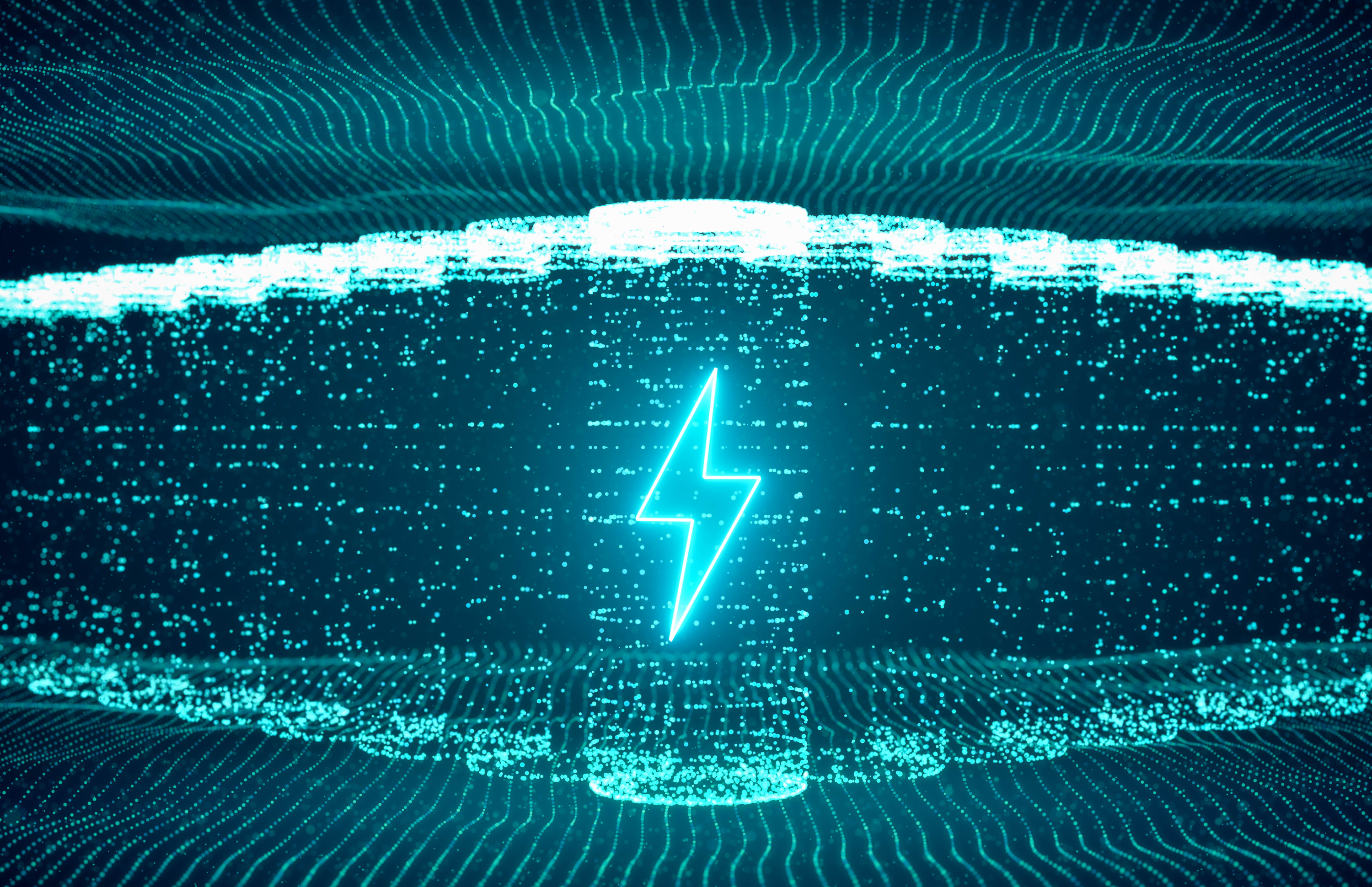LG Energy Solutions commits to LFP in its future
News Analysis

26
Feb
2024
LG Energy Solutions commits to LFP in its future
LG Energy Solutions (LGES) signed an agreement to purchase 160kt of LFP cathode active material (CAM) from China-based Changzhou Liyuan over a five-year period.
LGES, South Korea’s largest cell manufacturer, cemented its commitment to an iron-based future with the deal. The announcement also revealed that further volumes may be purchased over the coming years, subject to progress and market conditions. Historically, LGES has favoured NCM and NCMA chemistries in light of their improved performance characteristics over LFP. However, advancements in technology and increasing demand for low-cost, high-safety batteries have resulted in a substantial uptick in manufacturers outside China looking to gain market share.
The LFP versus NCM debate continues to be at the forefront of many conversations when discussing the future of electric vehicles (EVs). Ultimately both will prevail in the evolving market as the introduction of new models brings varied performance requirements, with LFP sitting at the lower end of the market and NCM at the higher end. Although a substantial amount of investment in nickel-based chemistries has been seen in Europe and North America over recent years, the benefits of LFP are not being ignored. Automakers are facing many challenges in bringing low-cost EVs to the market and numerous have turned to LFP to achieve this. Ford, Tesla, GM and Stellantis have all invested in LFP to electrify their vehicles and are betting heavily on the material to bring costs down and increase sales.
With China historically holding all the keys to LFP production, sourcing CAM outside of China has been hard for Western manufacturers and automakers. Demand for LFP will be strong from both Europe and the US over the coming years, placing ex-China LFP cell producers in a favourable position. For the US, investment from Chinese LFP companies, such as CATL and Gotion, has seen resistance from local populations and governments, which has resulted in delayed operations and casts some uncertainty over the reality of future operations. LFP cell production is therefore an obvious choice for LGES, which has strong (Free Trade Agreement) ties to the US and strong partnerships with major automakers trading there. As the CAM within the deal will originate from China, it may reduce the efficacy of cell production benefitting from the IRA tax credits in the US, although details remain unclear on how exactly this will be implemented.